Introduction:
Are you planning a trip to Atlanta and feeling overwhelmed by the sheer number of incredible things to see and do? From world-class museums and historical sites to vibrant parks and delicious food scenes, the options seem endless. How do you decide what’s truly worth your time?
Navigating a new city, especially one as dynamic and spread out as Atlanta, can be challenging. You want to ensure you hit the must-see spots, avoid tourist traps, understand how to get around and make the most of your valuable time and budget. However, with so many possibilities, it’s easy to feel overwhelmed by the options.
That’s where this guide comes in. It’s your essential roadmap to experiencing the best of Atlanta. We’ve done the research, so you don’t have to. This comprehensive guide will help you discover top attractions, understand the city’s layout, provide practical tips for transportation and saving money, and even suggest tailored itineraries for different interests and trip lengths. With this guide in hand, you’ll be able to plan your perfect Atlanta adventure with confidence.
Let’s dive into your journey through this exciting city!
Understanding Atlanta: Key Neighborhoods and Their Vibe
Atlanta is a sprawling metropolis with distinct neighbourhoods that offer a unique experience for visitors. The city’s attractions are spread out, meaning that effective planning requires an understanding of these areas. By grouping nearby sites, you’ll not only save time but also gain a deeper appreciation for each neighbourhood’s unique vibe. Let’s explore the key neighbourhoods and their attractions to help you plan an unforgettable trip.
Key Neighborhoods and Attraction Clusters
1) Downtown Atlanta
Downtown is the heart of Atlanta’s tourism scene. Here, you’ll find some of the city’s most iconic attractions, all within walking distance of one another, making it the perfect place to start your journey. As a central business hub and convention centre area, Downtown has a bustling, energetic vibe.
- Must-See Landmarks:
- Georgia Aquarium: The largest aquarium in the Western Hemisphere, home to thousands of marine species.
- World of Coca-Cola: A fun and interactive museum dedicated to the iconic beverage.
- CNN Center: A global media hub where you can take guided tours.
- Centennial Olympic Park: A beautiful park built for the 1996 Summer Olympics, now offering a relaxing space for visitors.
2) Midtown Atlanta
Known as Atlanta’s cultural heart, Midtown boasts a creative, artsy atmosphere. It is an ideal blend of vibrant city life and lush green spaces. Here, you’ll find a mix of businesses, theatres, parks, and museums. If you love art and culture, Midtown should be at the top of your list.
- Must-See Landmarks:
- High Museum of Art: One of the leading art museums in the Southeast, offering impressive collections and temporary exhibits.
- Piedmont Park: Atlanta’s largest green space, perfect for a stroll or picnic with views of the skyline.
- Fox Theatre: A stunning venue for Broadway shows, concerts, and film screenings.
3) Buckhead
Buckhead is synonymous with luxury, making it one of Atlanta’s most upscale areas. Known for high-end shopping, fine dining, and elegant residential areas, it’s the place to go if you’re looking to indulge. Additionally, Buckhead’s rich history is evident in its historic estates.
- Must-See Landmarks:
- Atlanta History Center: A sprawling complex with exhibits on the Civil War, Southern history, and Atlanta’s evolution.
- Swan House: A stunning 1920s mansion with gardens, often featured in movies and TV shows.
4) Poncey-Highland / Old Fourth Ward
This area combines history and modernity, thanks to its trendy atmosphere and walkable streets, which are enhanced by the BeltLine, a former rail corridor transformed into a pedestrian-friendly park. Known for its vibrant food scene, art, and eclectic vibe, Poncey-Highland and Old Fourth Ward offer a unique glimpse into Atlanta’s culture and history.
- Must-See Landmarks:
- BeltLine: A revitalized area filled with art installations, parks, and cycling paths.
- Krog Street Market: A popular food hall with local vendors and artisan shops.
- Ponce City Market: A mix of dining, shopping, and rooftop entertainment housed in a historic Sears building.
- Martin Luther King Jr. National Historical Park: A powerful tribute to the life and legacy of Dr. King.
5) Grant Park
Grant Park offers a slower pace, combining rich history with family-friendly green spaces. It’s an ideal spot for those interested in history or travelling with children, thanks to its wide open spaces and attractions.
- Must-See Landmarks:
- Zoo Atlanta: A family favourite, home to over 1,000 animals, including giant pandas.
- Oakland Cemetery: A historic cemetery that serves as the final resting place for many notable figures, featuring beautiful architecture and peaceful surroundings.
6) Other Notable Areas
- Westside: A burgeoning area known for its vibrant food and brewery scene, Westside offers a variety of trendy eateries and craft breweries.
- Decatur: A charming, small-town square with cosy shops and cafes. Decatur is perfect for a relaxed afternoon, with its quaint shops and local eateries.
- Buford Highway: This bustling stretch is home to one of Atlanta’s most diverse and authentic international food scenes. From Vietnamese pho to Mexican tacos, you can taste the world here.
By understanding these key neighbourhoods, you’ll be able to strategically plan your days in Atlanta, grouping attractions by location and ensuring you make the most of your time in this exciting city. Whether you’re drawn to the arts, history, luxury, or local food, there’s something for everyone in Atlanta’s diverse districts.
Top Places to Visit in Atlanta: Must-See Attractions
Atlanta is a city where modern attractions meet deep-rooted history, offering a rich blend of cultural experiences. Whether you’re drawn to breathtaking marine life, iconic landmarks, or lush green spaces, Atlanta has it all. In this guide, we’ve curated a balanced selection of must-see attractions that cover the full spectrum of what the city has to offer—from popular spots to hidden gems. Get ready to explore major attractions, delve into Atlanta’s rich history and culture, immerse yourself in the outdoors, and savour delicious food and entertainment.
Categories Covered
- Major Attractions
- History & Culture
- Parks & Outdoors
- Food & Entertainment
1) Georgia Aquarium
One of the largest aquariums in the world, the Georgia Aquarium offers an awe-inspiring journey into the depths of the ocean.
What to See/Do:
- Swim alongside whale sharks and see beluga whales up close.
- Enjoy a dolphin show or explore a wide array of marine life exhibits showcasing diverse sea creatures from across the globe.
- Significance: As a leader in marine conservation, the Georgia Aquarium educates visitors on the importance of protecting ocean ecosystems.
- Location: Downtown
- Official Website: Georgia Aquarium
- Expert Tip: Visit early in the morning or later in the afternoon to avoid the crowds.
- The whale shark exhibit is a standout experience—standing in front of the giant tank and watching these majestic creatures glide past feels like stepping into an underwater world.
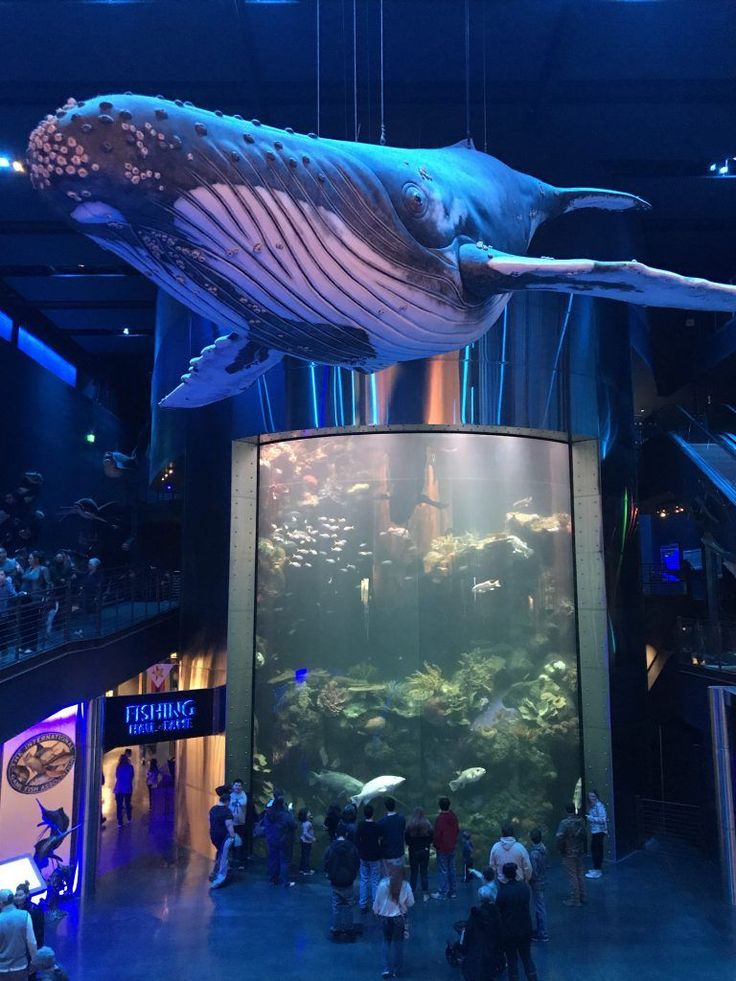
2) World of Coca-Cola
Explore the iconic history and global influence of The Coca-Cola Company at this interactive museum.
What to See/Do:
- Dive into exhibits showcasing Coke’s history, from its invention to its place in global pop culture.
- Taste over 100 beverages from around the world in the tasting room.
- Significance: This museum celebrates one of Atlanta’s most famous brands with fun, immersive experiences.
- Location: Downtown (adjacent to Georgia Aquarium)
- Official Website: World of Coca-Cola
- Expert Tip: Be adventurous in the tasting room—you’ll get to try some very unique flavours from around the world.
- My favourite was the Beverly, an Italian soda that’s infamous for its bitter taste. You have to try it at least once!
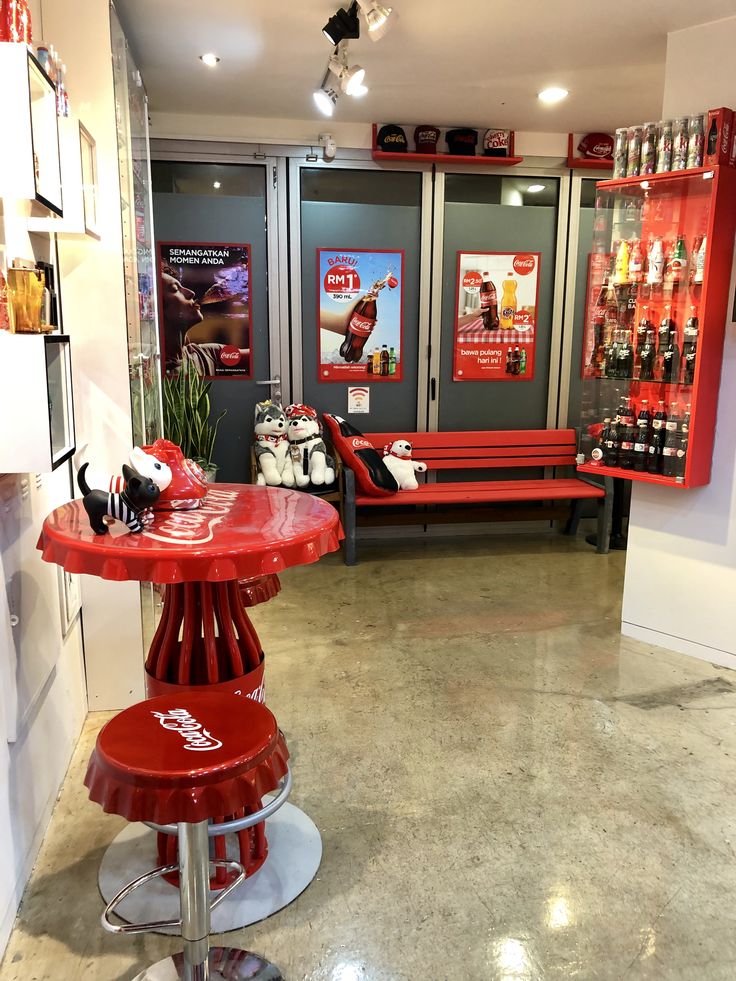
3) Martin Luther King, Jr. National Historical Park
This park preserves the birthplace, church, and final resting place of Dr. Martin Luther King Jr., an essential landmark in Civil Rights history.
What to See/Do:
- Tour Dr. King’s birth home and visit Ebenezer Baptist Church, where he preached.
- Reflect at the King Center, where the Eternal Flame honours his legacy.
- Significance: A powerful site dedicated to one of the most influential figures in American history.
- Location: Old Fourth Ward
- Official Website: MLK National Historical Park
- Expert Tip: Tours of the birth home are free, but they are available on a first-come, first-served basis, so arrive early to secure a spot.
- The atmosphere around the King Center is deeply moving; it’s a place of quiet reflection where you can almost feel the weight of history.
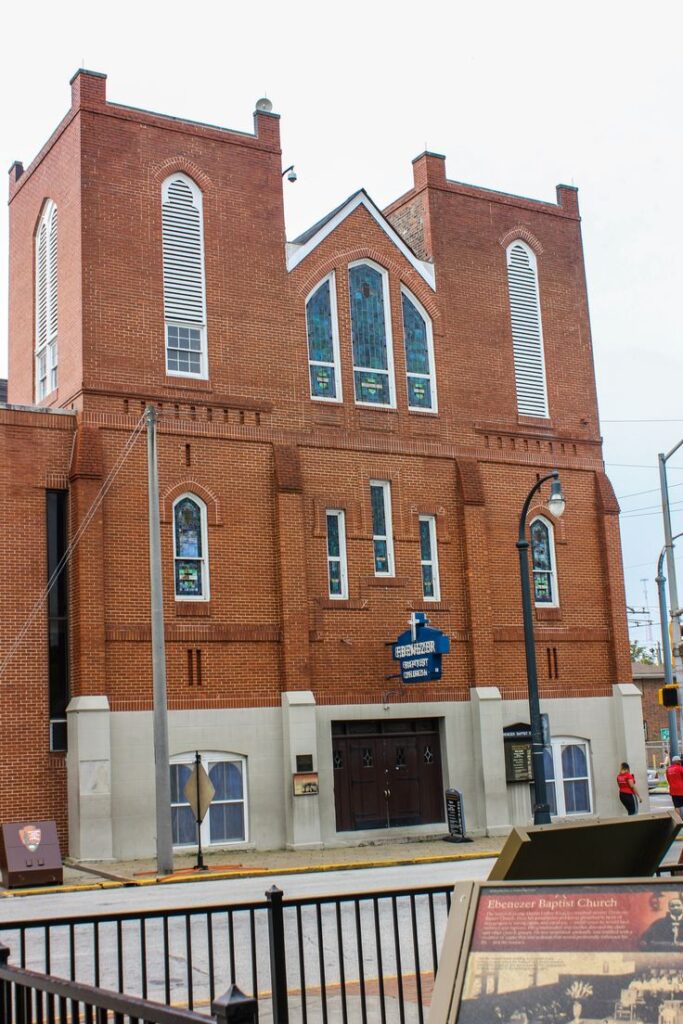
4) Atlanta History Center
Offering a comprehensive look at Atlanta’s past, the Atlanta History Center is an expansive museum featuring historic homes and gardens.
What to See/Do:
- Dive into exhibits on the Civil War, Southern culture, and Atlanta’s transformation.
- Explore historic homes, such as the Swan House, a beautiful example of 1920s architecture.
- Significance: This centre centre provides a comprehensive exploration of the history that has shaped Atlanta and the South.
- Location: Buckhead
- Official Website: Atlanta History Center
- Expert Tip: Don’t miss the Swan House, made famous in The Hunger Games. Its stunning architecture is a must-see!
- A surprising fact I learned: the Swan House was built as a private residence in the 1920s and was later used as a set for films and TV shows.
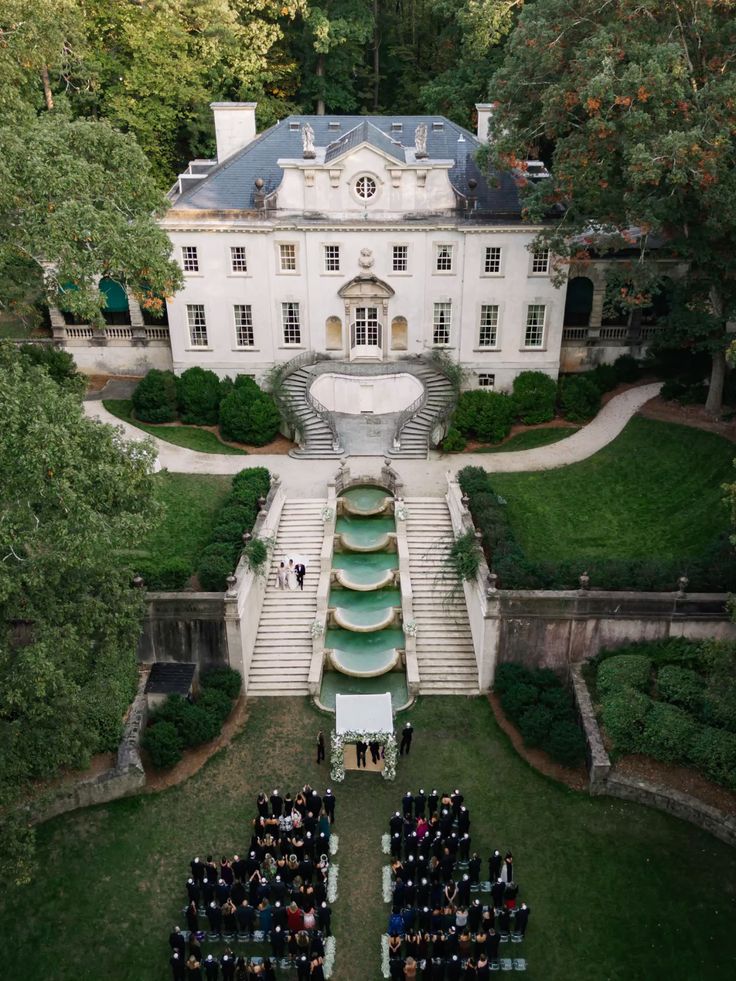
5) High Museum of Art
As one of the premier art institutions in the Southeast, the High Museum of Art features impressive collections and rotating exhibitions.
What to See/Do:
- Explore works ranging from European paintings to contemporary African art.
- Visit rotating exhibitions to see cutting-edge art from both emerging and established artists.
- Significance: The High is a cultural cornerstone of Atlanta, offering world-class exhibits and an iconic architectural design.
- Location: Midtown
- Official Website: High Museum of Art
- Expert Tip: Check their website for free admission days or special evening events.
- The African art collection at the High is particularly moving, with intricate details in the sculptures that are stunning.
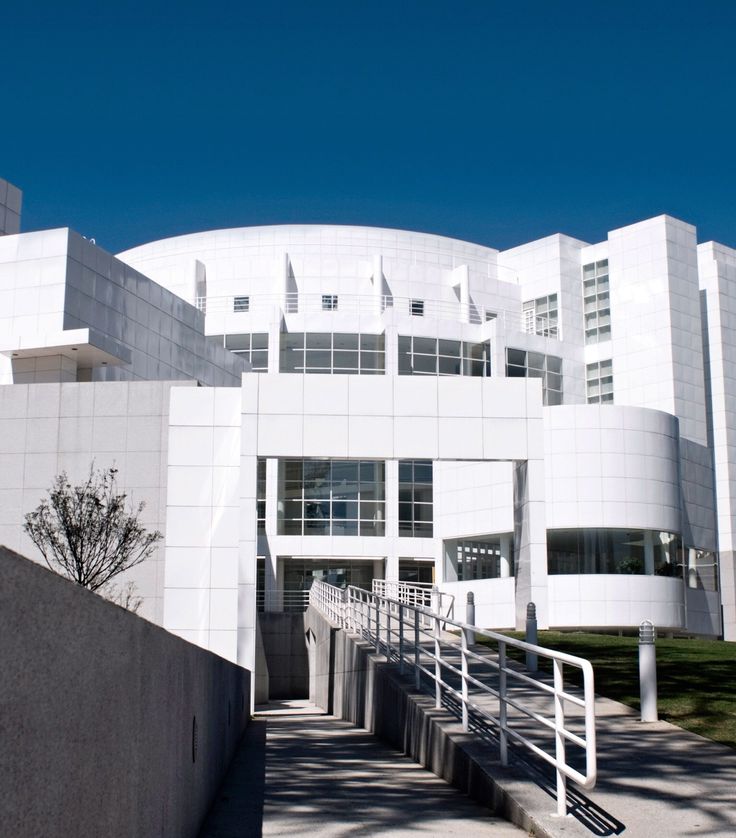
6) Piedmont Park
Often compared to New York’s Central Park, Piedmont Park is Atlanta’s green heart—perfect for outdoor activities and enjoying nature.
What to See/Do:
- Stroll along walking trails or relax by Lake Clara Meer.
- Visit the Atlanta Botanical Garden, located adjacent to the park, for a stroll through the gardens.
- Significance: This large, urban park serves as a vital green space in the heart of the city, hosting community events and festivals throughout the year.
- Location: Midtown
- Official Website: Piedmont Park
- Expert Tip: For the best views of Atlanta’s skyline, head to the area near Lake Clara Meer—it’s perfect for photos.
- Walking along the park’s paths in the early morning, with the mist rising from the lake, is an experience I’ll never forget.
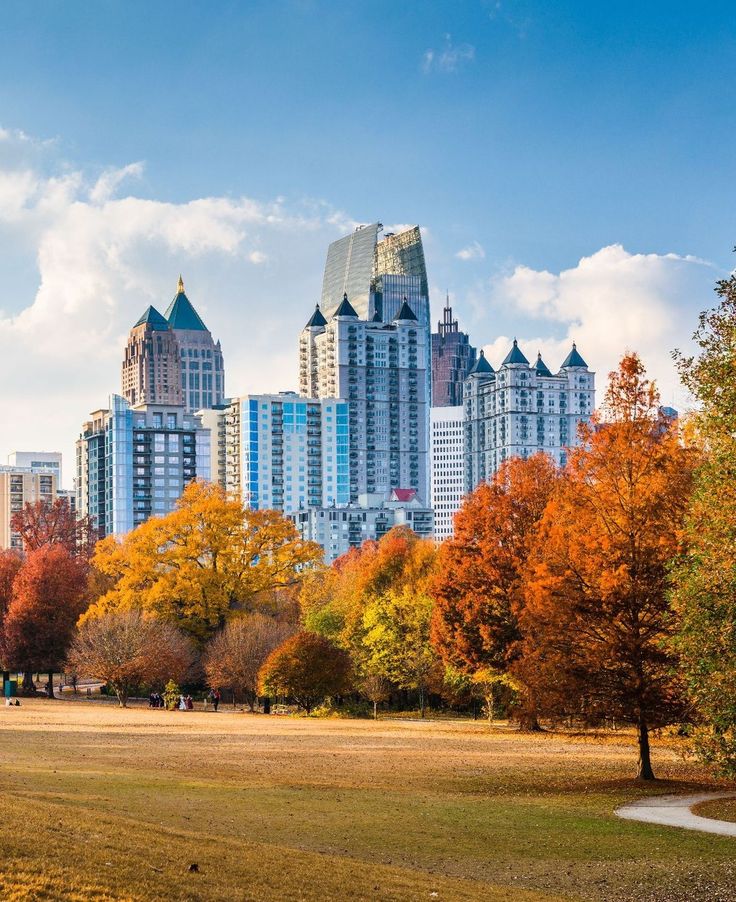
7) Atlanta BeltLine (Eastside Trail)
The BeltLine is a transformed rail corridor that connects various neighbourhoods, parks, and businesses, making it a prime spot for exploring Atlanta on foot or by bike.
What to See/Do:
- Walk, bike, or scooter along the Eastside Trail, which connects Ponce City Market and Krog Street Market.
- Discover public art installations along the way.
- Significance: The BeltLine has become a key symbol of Atlanta’s urban revitalization, bridging communities and fostering new development.
- Location: Various access points (Eastside Trail is the most popular).
- Official Website: Atlanta BeltLine
- Expert Tip: Rent a bike or e-scooter for a fun way to cover more ground and check out the public art.
- The art installations along the BeltLine add a unique flair to the walk—it’s a blend of culture, urban development, and creativity.
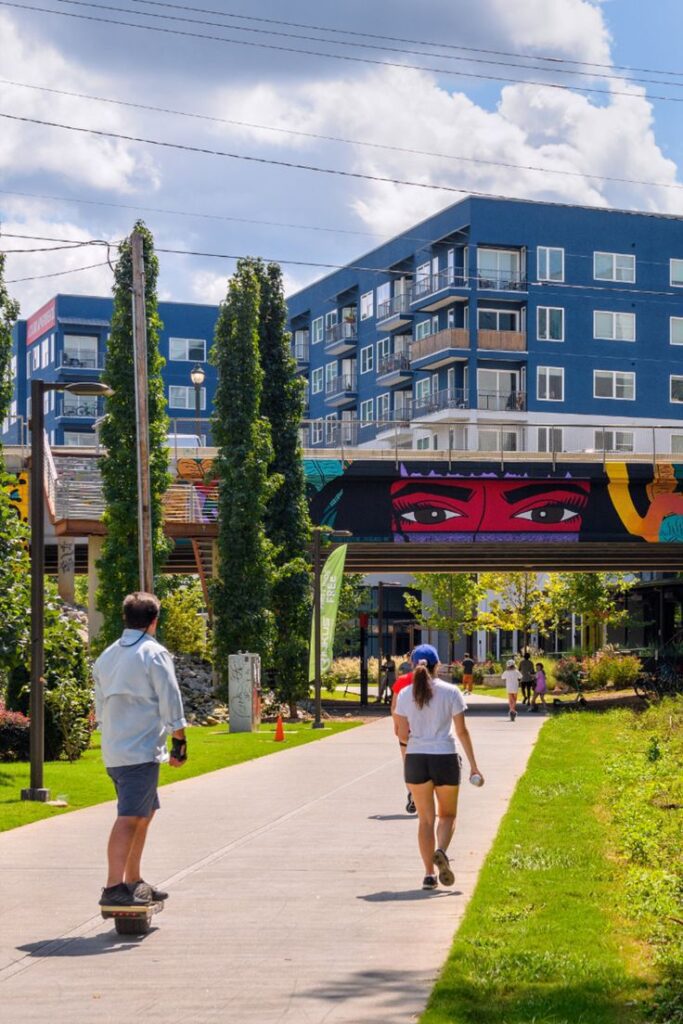
This list of top attractions will ensure you have a varied and enriching experience in Atlanta. From historical landmarks to artistic hubs, bustling food markets, and serene green spaces, the city offers something for every interest. Get ready to discover the best that Atlanta has to offer!
| Highlight | Description |
| Georgia Aquarium | One of the largest aquariums in the world, it is home to a variety of marine life, including whale sharks and beluga whales. |
| World of Coca-Cola | An interactive museum showcasing the history of The Coca-Cola Company with a variety of exhibits and a tasting room. |
| MLK Jr. National Historical Park | A historical park honouring Dr Martin Luther King Jr., with exhibits about his life and legacy, including his childhood home. |
| Atlanta History Center | An expansive museum and historic site featuring the Swan House and exhibits on Civil War and Southern history. |
| High Museum of Art | It is a renowned art museum with extensive collections of European and American art, as well as rotating exhibitions. |
| Piedmont Park | Atlanta’s extensive urban park features walking trails, playgrounds, and the adjacent Atlanta Botanical Garden. |
| Atlanta BeltLine (Eastside Trail) | A revitalized multi-use trail connecting neighbourhoods, parks, and businesses, offering opportunities for biking, walking, and exploring public art. |
| Ponce City Market | A historic Sears building converted into a mixed-use space with restaurants, shops, and a rooftop amusement park. |
| Krog Street Market | A local food hall in Inman Park with an array of delicious food stalls offering diverse cuisine. |
| Zoo Atlanta | It is a popular, family-friendly destination featuring a variety of animals, including pandas and elephants. |
| Oakland Cemetery | It is a historic Victorian cemetery where notable Atlantans are buried, with beautiful grounds and interesting architecture. |
Navigating Atlanta: Getting Around the City
Atlanta’s sprawling layout and notorious traffic can pose a challenge for newcomers. Whether you’re exploring Downtown, Midtown, or venturing to Buckhead, several transportation options can help you navigate the city efficiently. Here’s a breakdown of the top transportation options, including their pros and cons, as well as tips for making the most of your experience.
Transportation Options for Tourists
1) MARTA (Public Transit)
Explanation: MARTA is the city’s primary public transportation system, featuring both a rail and bus network that serves key areas, including the Airport, Downtown, Midtown, and Buckhead.
| Pros | Cons |
| Avoids traffic | It doesn’t cover all areas well |
| Cost-effective for specific routes (Airport to Downtown/Midtown/Buckhead) | Requires understanding of routes/transfers |
| Easy access to major attractions | Service frequency can vary |
Tips:
- Use a transit app (like Google Maps or the official MARTA app) for planning.
- Purchase a Breeze card or use the Breeze mobile app for easy fare payments.
Product Recommendation: MARTA official app, Google Maps/Waze for route planning.
2) Driving and Parking
Explanation: Renting a car or using your vehicle offers the flexibility to explore Atlanta at your pace, especially if you plan to visit attractions outside the city centre.
| Pros | Cons |
| Flexibility to go anywhere | Significant traffic, especially during rush hour |
| Easier for attractions outside the core | Expensive parking, especially in Downtown and Midtown |
| Convenient for carrying luggage/souvenirs | Navigating one-way streets and congested areas |
Tips:
- Use a reliable navigation app, such as Google Maps or Waze, for real-time traffic updates.
- Factor in parking costs and time when budgeting for your trip.
- Check attraction websites for parking information in advance.
Product Recommendation: Google Maps, Waze.
3) Ride-Sharing (Uber/Lyft)
Explanation: Ride-sharing services like Uber and Lyft provide on-demand, door-to-door transportation throughout the city.
| Pros | Cons |
| Convenient, door-to-door service | It can get expensive, especially during peak hours or surge pricing |
| No parking hassle | Still subject to traffic |
| Ideal for short trips between neighbourhoods |
Tips:
- Compare prices between Uber and Lyft to find the best deal.
- Use the designated pick-up and drop-off zones at attractions or hotels to avoid delays.
Product Recommendation: Uber and Lyft apps.
4) Walking
Explanation: Walking is a great way to explore Atlanta’s neighbourhoods, such as the BeltLine, Downtown, and Midtown, where many attractions are within a few blocks of each other.
| Pros | Cons |
| Best way to explore neighbourhoods and markets | It is not practical for long distances between neighbourhoods |
| It gives you a deeper experience of the city | Weather conditions (heat or rain) can be a concern |
| Free and environmentally friendly |
Tips:
- Wear comfortable shoes and stay hydrated.
- Be aware of your surroundings and remain alert while walking.
- Use maps to get a good sense of distances and where to go next.
Scooters/Bikes (e.g., via BeltLine access)
Explanation: Electric scooters and bikes are available for rent via various apps and are an exciting way to cover moderate distances on the BeltLine or around compact neighbourhoods.
| Pros | Cons |
| Fun and fast way to cover distances | Availability can vary, especially during peak times |
| Great for the BeltLine or small neighbourhoods | Safety concerns with traffic, especially in busy areas |
| Environmentally friendly | Rules/etiquette for usage may be unclear |
Tips:
- Be sure to understand the local rules regarding where you can ride and park your scooter or bike.
- Always wear a helmet for safety.
This guide should help you make the most of your time in Atlanta by navigating the city with ease and efficiency. Whether you’re relying on public transit or exploring on foot, there’s an option suited to every travel style.
Planning Around Atlanta’s Climate and Calendar
1) Spring (March-May)
Pros:
- Pleasant Temperatures: Spring brings mild temperatures, making it an excellent time for outdoor activities.
- Beautiful Scenery: The azaleas and dogwoods bloom during this time, creating stunning natural displays across parks and neighbourhoods.
- Festivals: Spring marks the beginning of Atlanta’s outdoor festival season, featuring the Dogwood Festival, an event filled with local art, food, and music.
Cons:
- Pollen Allergies: Atlanta is infamous for its high pollen levels in the spring, which can cause severe allergies for visitors.
- Occasional Rain: Spring weather can be unpredictable, with occasional showers or thunderstorms.
Tip:
If you’re planning to visit during spring, be prepared with allergy medicine, and keep an umbrella on hand!
2) Summer (June – August)
Pros:
- Warmest Weather: If you’re looking to enjoy Atlanta’s outdoor water parks, pools, or indoor attractions, summer provides the warmest temperatures.
- Concerts & Outdoor Events: Summer is packed with outdoor concerts, festivals, and events such as the Atlanta Jazz Festival and Peach Drop, making it a lively season for socializing and entertainment.
Cons:
- High Heat & Humidity: The summer heat can be intense, with high humidity making it feel even warmer.
- Peak Tourist Season: Expect larger crowds and higher prices at major attractions.
- Afternoon Thunderstorms: Afternoon thunderstorms are common, so it’s a good idea to have indoor options planned for rainy days.
Tip:
Take advantage of early morning or late afternoon activities when the weather is a bit cooler. Be prepared with sunscreen, light clothing, and plenty of water.
3) Fall (September – November)
Pros:
- Comfortable Temperatures: Fall brings milder, more comfortable temperatures, making it perfect for sightseeing and outdoor exploration.
- Beautiful Fall Foliage: While the parks in the city showcase beautiful fall colours, head outside the city centre for even more stunning views of autumn’s vibrant foliage.
- Fewer Crowds: Fall is an ideal time to visit, as crowds thin out compared to the summer months.
- Significant Events: This is the season for college football, a massive event in Atlanta. If you’re a sports fan, you won’t want to miss the exciting games.
Cons:
- Early Fall Heat: The beginning of the season can still be warm and humid, especially in early September.
- Hurricane Season: Though rare, the remnants of hurricanes can bring heavy rains in September and October.
Tip:
Fall is ideal for those who want a balance of pleasant weather and fewer crowds. If you’re visiting during a football game, plan for stadium crowds.
4) Winter (December – February)
Pros:
- Fewer Crowds: Winter is the least busy season, making it a perfect time for those who want to explore the city without the large crowds.
- Lower Hotel Prices: Since it’s off-peak season, you can find better deals on accommodations.
- Holiday Decor & Events: Atlanta’s holiday events and decorations are stunning during this time, particularly in places like Garden Lights and Holiday Nights at the Atlanta Botanical Garden.
- Mild Winter: Although it’s cold, the temperatures are much milder compared to those in Northern cities, making it a manageable destination in winter.
Cons:
- Cold Weather: Although rare, occasional snow and ice events occur, so be prepared for the chill.
- Reduced Outdoor Attraction Hours: Some outdoor attractions and parks may have reduced hours or even seasonal closures.
Tip:
Winter is ideal for indoor activities, holiday events, and enjoying the city’s peaceful, less crowded atmosphere.
Avoiding Crowds
To make your visit even more pleasant, consider these tips for avoiding large crowds:
- Weekdays: Visit popular attractions during weekdays, particularly Tuesday through Thursday, when they tend to be less crowded.
- Early or Late Visits: Arriving early in the morning or late in the afternoon can help you avoid peak crowd times, especially at well-known spots.
- Shoulder Seasons: The best times to avoid high crowds while still enjoying good weather are during the shoulder seasons, such as April and May or September and October.
- Check Event Schedules: Atlanta is known for hosting major conventions and events throughout the year. Be sure to check the city’s event calendar to avoid peak times that could affect hotel prices and crowd sizes.
By understanding seasonal changes and planning your visit strategically, you’ll be able to make the most of your time in Atlanta. Whether you prefer the blooming flowers of spring or the festive atmosphere of the winter holidays, there’s always a good time to experience the city! Let me know if you need any more tips for your trip!
Conclusion: Your Atlanta Adventure Awaits!
Atlanta is a city brimming with diversity, from its rich history and cultural landmarks to its lively entertainment scene and beautiful outdoor spaces. Whether you’re a history buff, an art lover, a foodie, or someone simply looking for a fun adventure, Atlanta has something for everyone. With this guide, you’ve gained the essential insights to navigate the city, plan your trip efficiently, and make the most of your time in the city.
From understanding the key neighbourhoods to knowing the best time to visit and how to get around, this guide provides you with everything you need to have a seamless and rewarding experience. You can explore Atlanta at your own pace, discovering hidden gems, experiencing world-class attractions, and savouring the local flavours.
No matter what your interests are, this vibrant city is ready to welcome you with open arms. So, don’t wait any longer—start planning your Atlanta adventure today! Use this guide to make your trip as smooth, exciting, and memorable as possible. Enjoy every moment of exploring this dynamic, diverse city!
